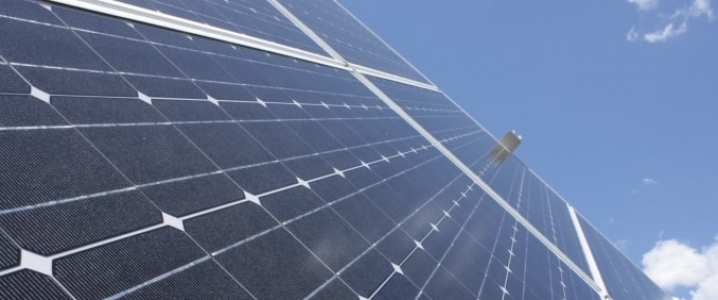When earlier this week reports emerged that Saudi Arabia is striving to keep oil prices in the range of US$70-80 per barrel in a bid to balance its need for higher prices with President Trump’s insistence that oil is kept within reasonable bounds, few must have been surprised.
OPEC’s leader and passionate supporter of Trump’s policy towards Iran had few useful moves in an environment featuring fast-rising prices and unhappy consumers from India to the States. It found itself between the rock of high prices, necessary for the Kingdom to pursue the widely advertised economic reforms under its Vision 2030 program, and the hard place of its closest ally’s own agenda, which unsurprisingly involved lower prices at the pump ahead of the midterm elections this November.
According to some, the hard place will disappear after the midterm elections. S&P Global Platts senior writer on oil Herman Wang is among them. In a recent analysis, Wang wrote that Trump’s pressure on Riyadh to keep a cap on prices could dissipate after the elections, potentially offering Saudi Arabia the freedom to adjust its production any way it sees fit to get to a more desirable price level.
Yet the extent of this freedom remains an open question: Wang notes that the midterm elections are a day after the entry into effect of the second round of U.S. sanctions against Iran, and additional supply will need to be provided to soften the blow. Trump has already authorized the sale of 11 million barrels from the Strategic Petroleum Reserve in November, but this will not be enough: S&P Platts analysts estimate the sanctions could take 1.4 million bpd of Iranian crude off the global market. Someone else will have to step in and pump more if prices are to stay within the current range.
…click on the above link to read the rest of the article…




















